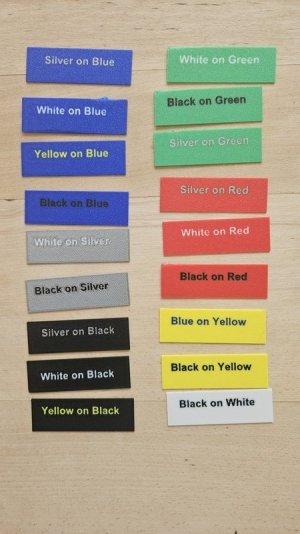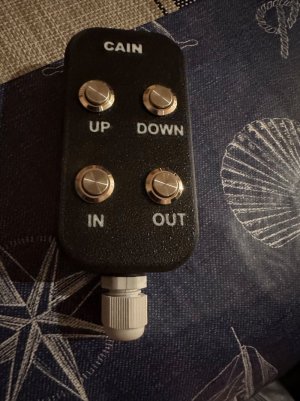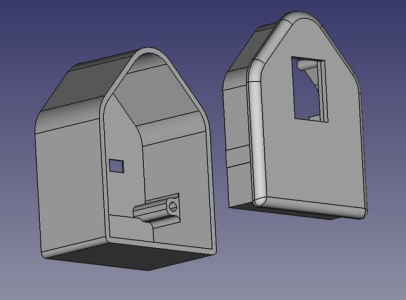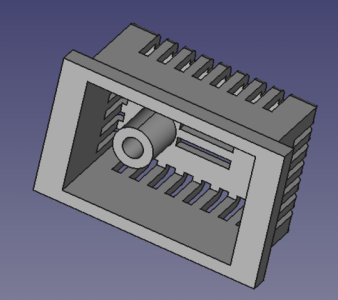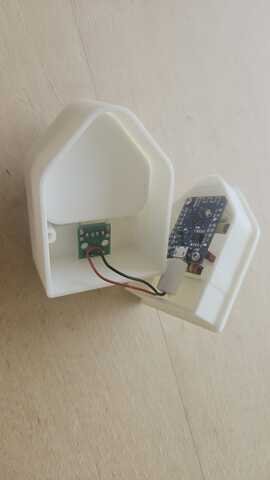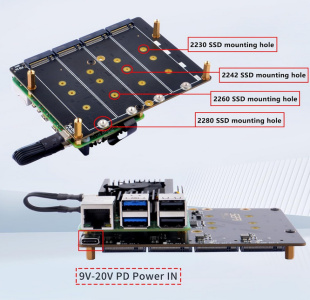Hurricane
Well-Known Member
That particular model had a little more to it - a female thread to screw onto the salt pot.That’s firstly clever then obvious afterwards
Fairly early on, I learned how to use the Boolean process.
In 3D design, a Boolean process adds or subtracts material.
This was the original 2D sketch
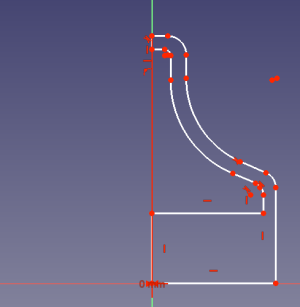
When rotated it turns into this solid - in fact there is a hollow space inside.
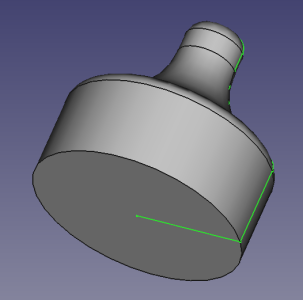
And then the thread is Boolean'd removing material to produce a female thread
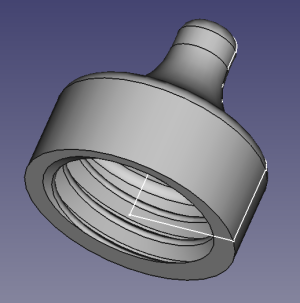
In that case, I wasn't sure of the actual thread so I inserted something that looked correct.
Then a bit of measurement and trial/error on a test piece until it fitted.
I didn't do it in the above case but most of the female threads that I've made, I make a male thread first as a separate part, then place it where I need it and then Boolean it out
Like this
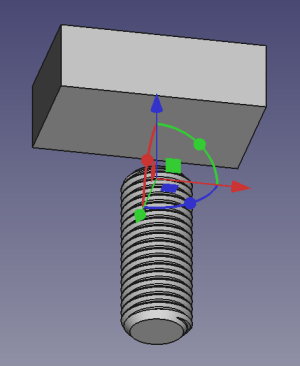


There is probably a better way but this allows precise positioning of the thread.
As I say, I'm only a novice at this stuff.
But I am finding it all a lot of fun.

